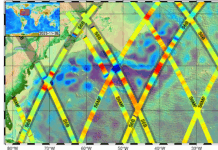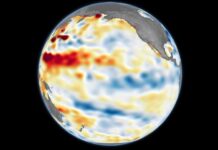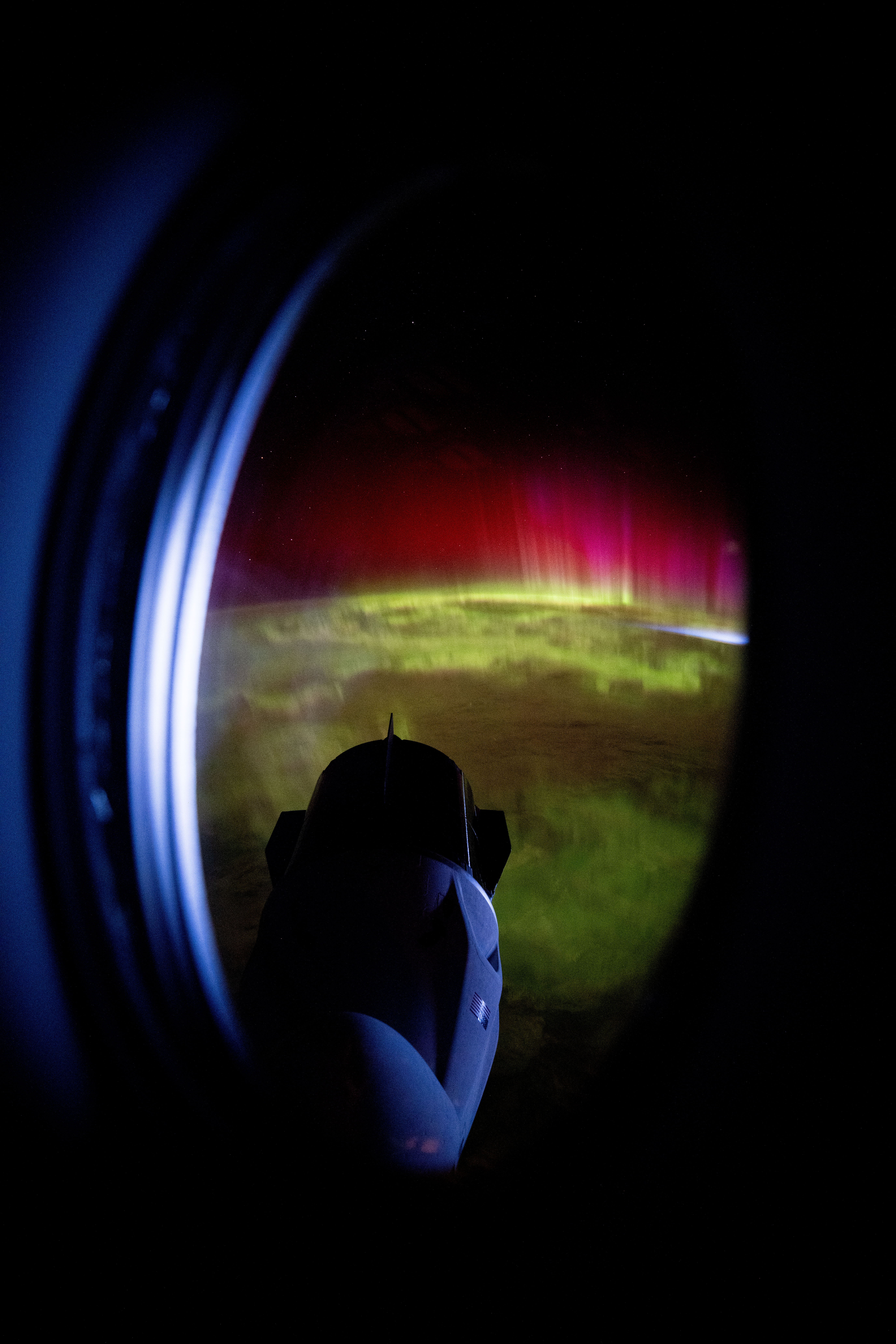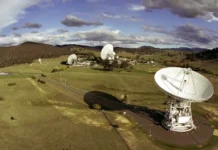Capturing the Celestial Dance: A Glimpse of the Auroras from Space
On October 7, 2024, NASA astronaut Matthew Dominick peered through the window of the SpaceX Dragon Endeavour spacecraft to capture a breathtaking image of the SpaceX Dragon Freedom spacecraft. In an extraordinary display, vivid green and pink auroras swirled through Earth’s atmosphere, as the International Space Station (ISS) soared 273 miles above the Indian Ocean. This remarkable photograph is not just a testament to the beauty of our planet’s natural phenomena but also a symbol of human ingenuity and the relentless quest for exploration.
The Magic of Auroras
Auroras, often referred to as the Northern and Southern Lights, are natural light displays predominantly seen in high latitude regions around the Arctic and Antarctic. They occur when charged particles from the sun, carried by the solar wind, interact with the Earth’s magnetic field. This interaction causes particles in the Earth’s atmosphere to emit light, creating the stunning visual spectacle that is the aurora.
For many, witnessing an aurora is a bucket-list experience, often requiring travel to remote, northern regions. However, astronauts aboard the ISS are treated to this celestial show from a vantage point that few can imagine. Floating high above the Earth, they have a unique perspective on this phenomenon, seeing it from above rather than from beneath.
Matthew Dominick’s Journey
Matthew Dominick’s journey aboard the ISS is nothing short of awe-inspiring. As a NASA astronaut, he has orbited the Earth a staggering 3,760 times, offering him countless opportunities to witness and capture the beauty of space and our planet. His photography from the station provides a window into the wonders of space exploration. Through his images, people on Earth can share in the marvels of space, without leaving their homes.
For those interested in exploring Dominick’s photographic journey, NASA offers a collection of his work, allowing viewers to experience space through his eyes. This collection not only showcases the raw beauty of space but also highlights the technological achievements that make such exploration possible.
Predicting the Auroras
For those eager to witness an aurora, whether from Earth or in dreams of space travel, predicting their occurrence is key. The National Oceanic and Atmospheric Administration (NOAA) provides a 30-minute aurora forecast, allowing enthusiasts to track the potential location and intensity of auroras. This tool is invaluable for photographers and sky watchers alike, providing real-time data to plan viewing expeditions.
Additionally, NASA offers a comprehensive guide to finding and photographing auroras, making it easier for amateurs and professionals alike to capture these stunning events. The guide includes tips on the best times and locations to see auroras, as well as technical advice on how to photograph them effectively.
The Significance of Space Photography
Photography from space plays a crucial role in raising awareness about Earth’s natural phenomena and the importance of space exploration. Images captured by astronauts like Matthew Dominick not only inspire awe but also provide scientific data that can be used to better understand our planet’s atmosphere and magnetic field.
Moreover, these images serve as a reminder of the fragility and beauty of our planet, encouraging greater appreciation and conservation efforts. As we continue to explore space, the photographs taken by astronauts will remain a vital tool for education and inspiration.
Reflections on Human Spaceflight
The image captured by Dominick is more than just a stunning photograph; it is a reflection of human achievement and the spirit of exploration. The collaboration between NASA and SpaceX, exemplified by the Dragon Endeavour and Dragon Freedom spacecraft, highlights the advancements in space technology and the potential for future exploration.
Space exploration has always been a frontier that pushes the boundaries of human knowledge and capability. The ability to capture such images from space is a testament to our progress in this field. As technology continues to evolve, the possibilities for exploration and discovery are limitless.
Conclusion
The photograph of the auroras, taken by Matthew Dominick aboard the ISS, is a striking reminder of the wonders of our universe and the incredible achievements of space exploration. It captures the beauty of natural phenomena and the technological advancements that allow us to witness them from such unique perspectives.
For those inspired by this image, there are resources available to track and photograph auroras, bringing a piece of this celestial wonder into our everyday lives. As we look to the future, the ongoing collaboration between space agencies and private companies promises even more breathtaking views and discoveries, expanding our understanding of the cosmos and our place within it.
To explore more about the auroras and space photography, you can visit NASA’s official website and delve into the resources they provide. Through continued exploration and documentation, we can all share in the awe and inspiration that space offers.
For more Information, Refer to this article.


































